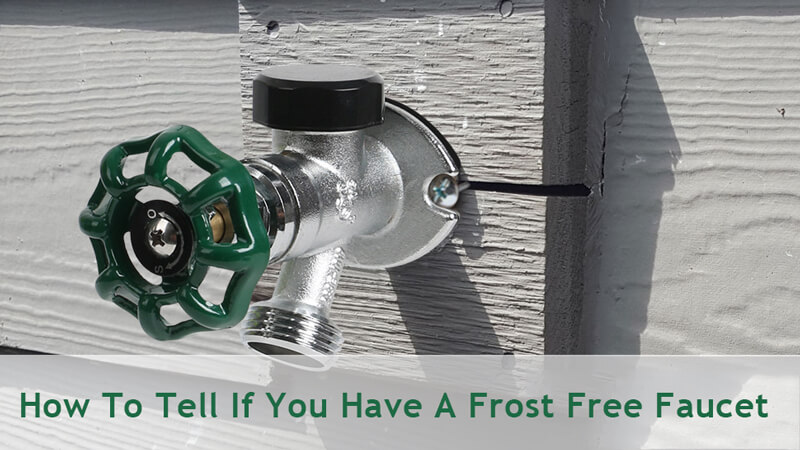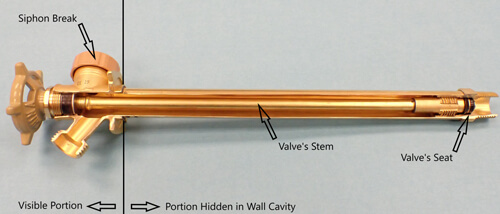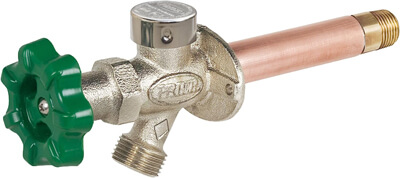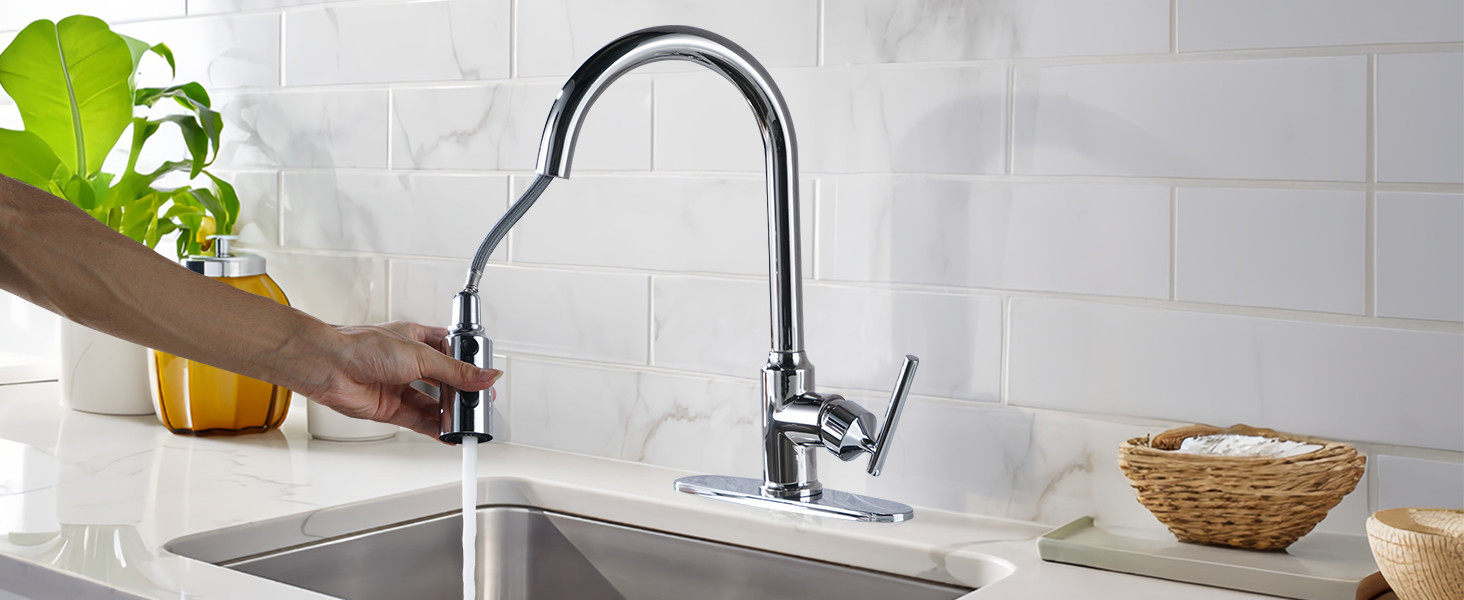
When it comes to outdoor faucets, ensuring that they are protected from freezing temperatures is essential to prevent costly damage to your plumbing system. Frost free faucets are a popular choice for homeowners in regions with cold winters. These faucets are designed to prevent freezing by moving the shut-off valve inside the heated area of your home. However, not all outdoor faucets are frost-free. In this guide, we’ll help you understand how to tell if you have a frost free faucet and why it’s important to know.
What is a Frost Free Faucet?

A frost-free faucet is a type of outdoor water faucet that is specifically designed to prevent freezing during cold weather. Traditional faucets have a shut-off valve located inside the faucet, making them vulnerable to freezing if water remains trapped inside the pipe. Frost-free faucets, on the other hand, have a long pipe or tube that extends into the wall, allowing the shut-off valve to be located inside your home where it’s warmer. This design ensures that water is less likely to freeze in the faucet, reducing the risk of damage to the plumbing system.
Why It’s Important to Know if You Have a Frost-Free Faucet
Understanding whether your outdoor faucet is frost-free is crucial for several reasons:
- Preventing Frozen Pipes: Frost-free faucets are designed to prevent freezing, so if you live in an area with cold winters, knowing you have a frost-free faucet can help protect your pipes from bursting due to freezing water.
- Reducing Maintenance: Frost-free faucets require less maintenance because they are less prone to freezing-related damage. Regular outdoor faucets may require additional winterization steps to avoid freezing, which can be time-consuming.
- Avoiding Costly Repairs: When traditional outdoor faucets freeze and burst, they can lead to expensive repairs. Frost-free faucets help prevent these issues, saving you money in the long run.
- Convenience: Frost-free faucets are easier to use year-round since you don’t have to worry about turning them off and draining them before winter. They are more convenient for gardening, washing cars, and other outdoor activities.
How to Tell If You Have A Frost Free Faucet
Now that you understand the importance of identifying whether you have a frost-free faucet, here are some simple steps to determine if your outdoor faucet is indeed frost-free:
- Look for a Long Stem: The most common characteristic of a frost free faucet is a long stem or pipe that extends from the wall to the faucet. The stem is typically longer than traditional outdoor faucets, and it’s a clear indicator that you have a frost free faucet.
- Check for a Knob or Handle: Frost free faucets often have a round knob or handle that operates the faucet. This knob is usually perpendicular to the faucet’s body and extends outward when the faucet is open.
- Examine the Design: Frost free faucets often have a distinct design with a valve seat and a washer at the end of the stem. This design prevents water from collecting in the faucet and freezing during cold weather.
- Measure the Length: If you’re still unsure, measure the length of the stem. Frost free faucets typically have stems that range from 8 to 14 inches long. Traditional faucets have shorter stems.
- Consult a Professional: If you’re unable to determine whether your faucet is frost-free, consider consulting a professional plumber. They can inspect the faucet and provide guidance on whether it’s frost-free.
Tips for Using a Frost-Free Faucet
Once you’ve confirmed that you have a frost-free faucet, here are some tips for using it effectively:
- Proper Insulation: Although frost-free faucets are designed to resist freezing, they are not entirely immune to extremely cold temperatures. During harsh winter conditions, it’s still a good idea to insulate the faucet with a faucet cover or foam insulation to provide an extra layer of protection.
- Disconnect Hoses: When winter approaches, be sure to disconnect any hoses from the faucet. Water left in hoses can freeze and damage both the hose and the faucet.
- Shut Off the Valve: Inside your home, locate the shut-off valve for the outdoor faucet and turn it off. This will prevent water from flowing to the faucet and reduce the risk of freezing.
- Drain the Faucet: After shutting off the valve, open the faucet outside to allow any remaining water to drain. This step is crucial to ensure that there is no water left in the faucet to freeze.
- Regular Maintenance: Periodically inspect your frost free faucet for any signs of damage or wear. If you notice any issues, such as leaks or difficulty turning the knob, it’s essential to address them promptly to prevent potential problems.
Conclusion
In conclusion, understanding whether you have a frost free faucet is vital for the protection of your plumbing system, especially in areas with cold winters. By following the steps outlined in this guide and taking the necessary precautions, you can ensure that your outdoor faucet remains functional and damage-free throughout the year. If you’re uncertain about your faucet’s type, consult a professional plumber for expert advice and guidance. Proper maintenance and care of your frost-free faucet will help you avoid costly repairs and ensure its longevity.
 WOWOW Faucets
WOWOW Faucets






您好!Please sign in